Download the free programmable logic controller book to study and learn about the basics of PLC programming.
Contents
Many control technologies are available for control. Early control systems relied upon mechanisms and analog electronics to build controlled.
Most modern controllers use a computer or microcontrollers to achieve control. The most flexible of these controllers is the PLC (Programmable Logic Controller).
Programmable Logic Controller Book

This PLC book mainly consists of 35 chapters as mentioned below.
| S.No. | Chapters |
|---|---|
| 1 | Programmable Logic Controllers |
| 2 | PLC Hardware |
| 3 | Sensors |
| 4 | Actuators |
| 5 | Boolean Logic Design |
| 6 | Karnaugh Maps |
| 7 | PLC Operation |
| 8 | Latches, Timers, Counters and More |
| 9 | Structured Logic Design |
| 10 | Flowchart Based Design |
| 11 | State Based Design |
| 12 | Numbers and Data |
| 13 | PLC Memory |
| 14 | Ladder Logic Functions |
| 15 | Advanced Ladder Logic Functions |
| 16 | Open Controllers |
| 17 | Instruction List Programming |
| 18 | Structured Text Programming |
| 19 | Sequential Function Charts |
| 20 | Function Block Programming |
| 21 | Analog Inputs and Outputs |
| 22 | Continuous Sensors |
| 23 | Continuous Actuators |
| 24 | Continuous Control |
| 25 | Fuzzy Logic |
| 26 | Serial Communication |
| 27 | Networking |
| 28 | Internet |
| 29 | Human Machine Interface (HMI) |
| 30 | Electrical Design and Construction |
| 31 | Software Engineering |
| 32 | Selecting a PLC |
| 33 | Function Reference |
| 34 | Glossary |
| 35 | PLC References |
Here we mentioned the brief details and topics available in the programmable logic controller book.
Topics
- PLC History
- Ladder Logic and Relays
- PLC Programming
- PLC Operation
- PLC hardware configurations
- Input and outputs PLC types
- Electrical wiring for inputs and outputs
- Relays
- Electrical Ladder Diagrams and JIC wiring symbols
- Sensor wiring; switches, TTL, sourcing, sinking
- Proximity detection; contact switches, photo-optics, capacitive, inductive, and ultrasonic
- Solenoids, valves, and cylinders
- Hydraulics and pneumatics
- The computer structure of a PLC
- The sanity check, input, output, and logic scans
- Status and memory types
- Latches, timers, counters, and MCRs
- Design examples
- Internal memory locations are available and act like outputs
- ControlLogix memory types; program and data
- Data types; output, input, status, bit, timer, counter, integer, floating-point, etc.
- Memory addresses; words, bits, data files, expressions, literal values, and indirect.
- Shift registers, stacks, and sequencers
- Program control; branching, looping, subroutines, temporary ends, and one-shots
- Interrupts; timed, fault, and input-driven
- Immediate inputs and outputs
- Conversion of State diagrams using program subroutines
- Instruction list (IL) opcodes and operations
- Converting from ladder logic to IL
- The Allen Bradley version of IL
- Describing process control SFCs
- Conversion of SFCs to ladder logic
- The basic construction of FBDs
- The relationship between ST and FBDs
- Constructing function blocks with structured text
- Analog inputs and outputs
- Analog I/O with a PLC
- Feedback control of continuous systems
- Control of systems with logical actuators
- PID control with continuous actuators
- Analysis of PID controlled systems
- PID control with a PLC
- Serial communication and RS-232c
- ASCII ladder logic functions
- Electrical wiring issues; cabinet wiring and layout, grounding, enclosures, shielding, and inductive loads.
Objectives
- Know general PLC issues
- To be able to write simple ladder logic programs
- Understand the operation of a PLC
- Be able to understand and design basic input and output wiring.
- Be able to produce industrial wiring diagrams.
- Understand the different types of sensor outputs.
- Know the basic sensor types and understand application issues.
- Be aware of various actuators available.
- Understand the operation of a PLC.
- Understand latches, timers, counters, and MCRs.
- To be able to select simple internal memory bits.
- To know the basic memory types available
- To be able to use addresses for locations in memory
- To understand shift registers, stacks, and sequencers.
- To understand program control statements.
- To understand the use of interrupts.
- To understand the operation of immediate input and output instructions.
- To be prepared to use the block transfer instruction later.
- Be able to apply the advanced function in ladder logic design.
- To learn the fundamentals of IL programming.
- To understand the relationship between ladder logic and IL programs
- To be able to write functions in Structured Text programs
- To understand the parallels between Ladder Logic and Structured Text
- To understand the differences between Allen Bradley and the standard
- Learn to recognize parallel control problems.
- Be able to develop SFCs for a process.
- Be able to convert SFCs to ladder logic.
- To be able to write simple FBD programs
- To understand the basics of conversion to and from analog values.
- Be able to use analog I/O on a PLC.
- To understand the concepts behind continuous control
- Be able to control a system with logical actuators
- Be able to analyze and control system with a PID controller
- To understand serial communications with RS-232
- Be able to use serial communications with a PLC
- To learn the major issues in designing controllers including; electrical schematics, panel layout, grounding, shielding, enclosures.
- Be able to select a hardware and software vendor.
- Be able to size a PLC to an application
- Be able to select needed hardware and software.
| Title: | Automating Manufacturing Systems With PLC |
| Author: | Hugh Jack |
| Format: | |
| Size: | 5.94 MB |
| Pages: | 860 |
| Download: | Click Here |
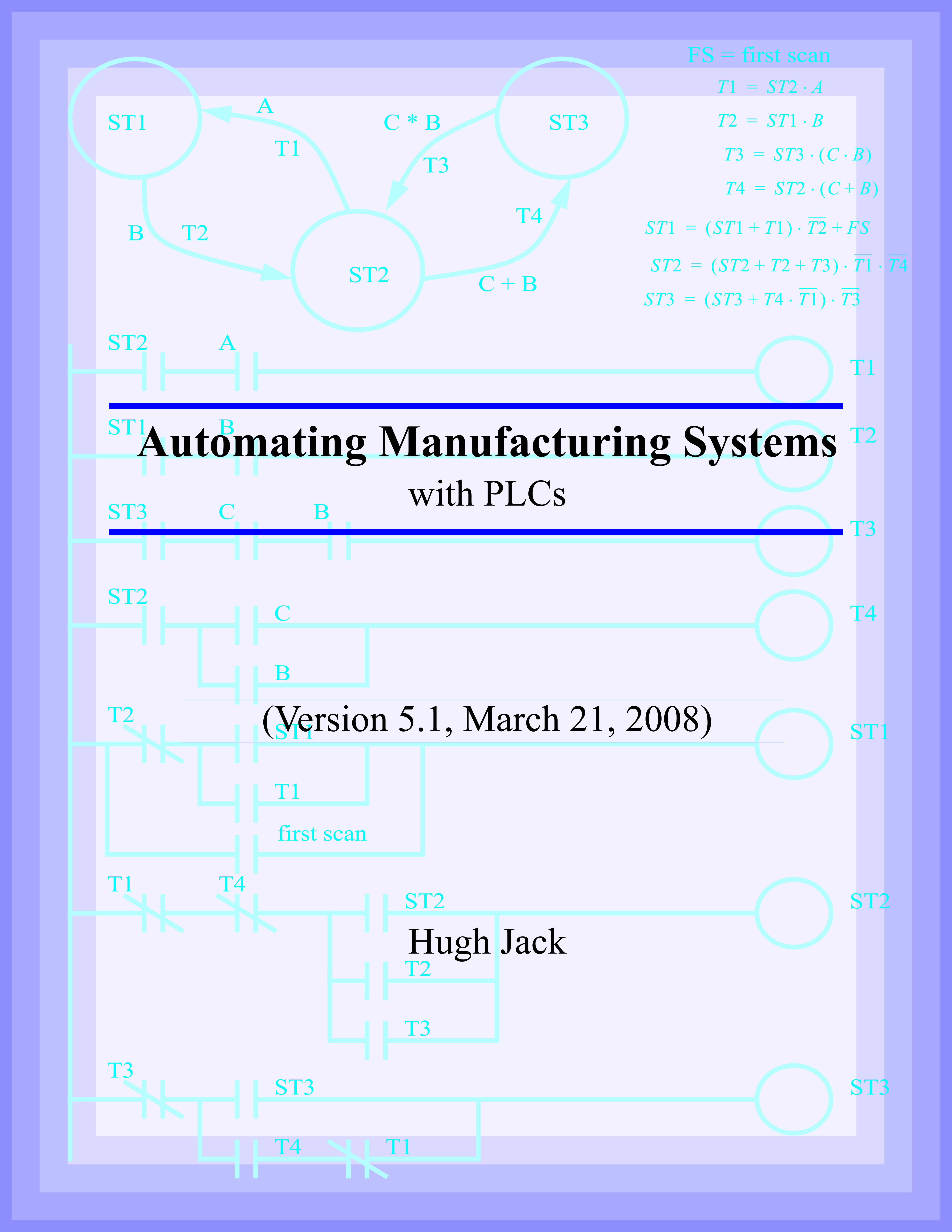
Industrial Automation Courses
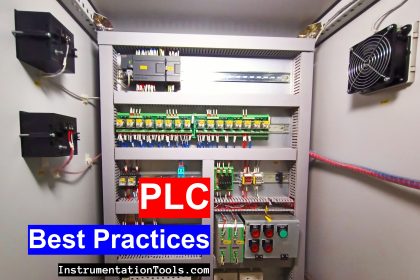
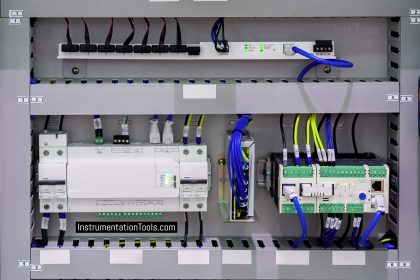
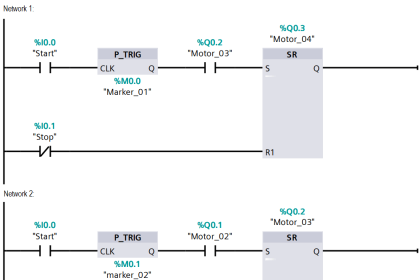
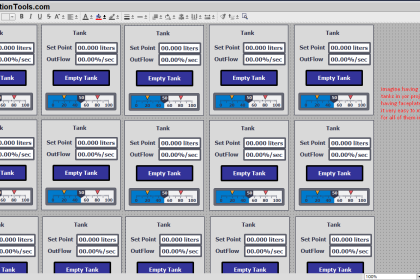
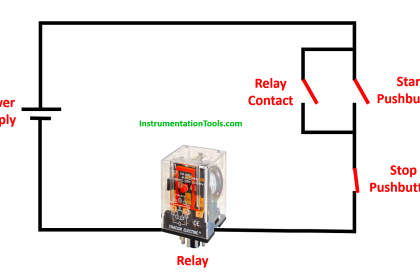
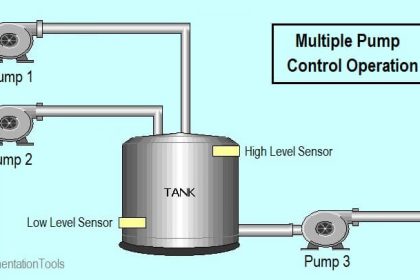
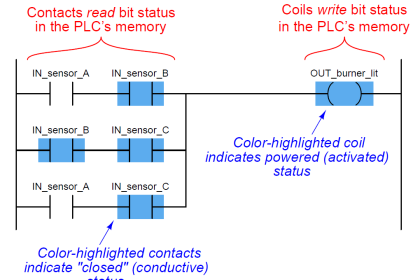
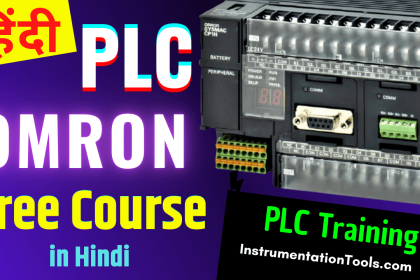
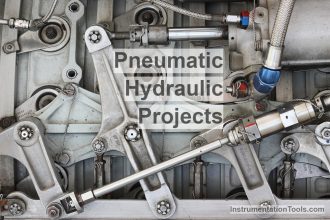


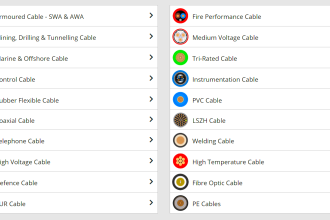
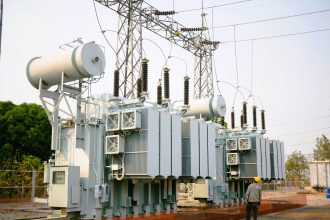

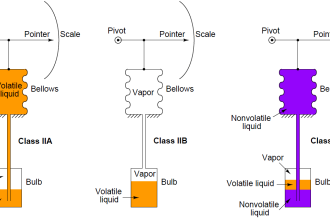
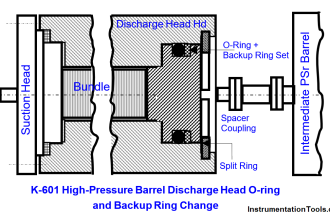

its good
Simense Program
its nice
super